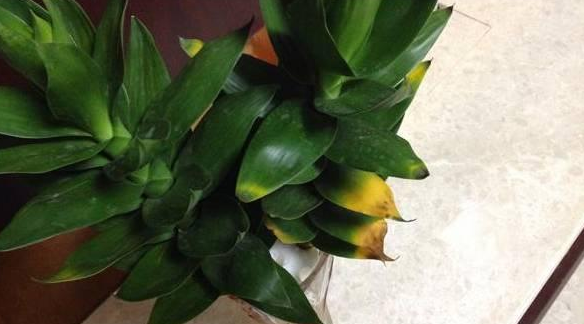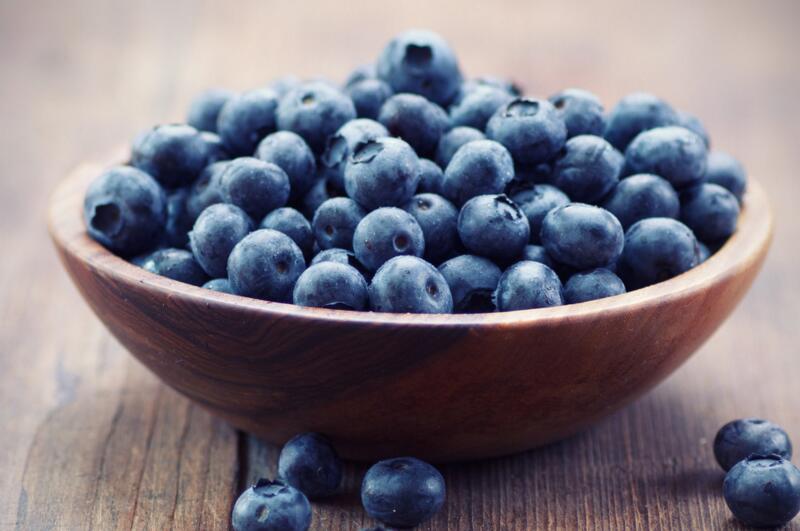How to grow Aristolochia
Aristolochia is also called water horse fragrant fruit, snake ginseng grass, it is a kind of medicine for clearing lungs, relieving cough, clearing intestines and eliminating hemorrhoids. It has the effects of regulating qi, removing dampness, promoting blood circulation and relieving pain, reducing blood pressure and anti-inflammation, but those with deficiency cold and spleen weakness should be used with caution. In addition, it is also a plant listed by the International Health Organization on the list of carcinogens, so it is also highly controversial for the cultivation of aristolochia. Today we are mainly to understand the planting techniques of Aristolochia mandshurica. Let's take a look at the following interpretation.

1. Land selection and preparation
Aristolochia mandshurica has the characteristics of light, shade tolerance, cold tolerance and strong adaptability. The sandy yellow soil with sufficient soil fertility, good permeability, good drainage, sufficient water source and rich humus should be selected for Aristolochia cultivation. Dig the soil at least 30 centimeters deep, and then combine the bottom fertilizer for cultivated land, which is mainly based on soil miscellaneous fertilizer or compost, combined with compound fertilizer. Before planting, the land needs to be turned over again, the land will be leveled and fine, ditches will be opened for border, the width of the border is about one meter, and the ditches blend with each other to facilitate drainage and drainage.
2. Planting at the right time
Aristolochia is usually sown and raised seedlings when the temperature rises in spring, preferably in March or April, and the emergence rate is the highest. For Aristolochia to transplant, it needs to be done before freezing in winter, and it needs to be planted according to row spacing of 35 to 40 centimeters and plant spacing of 25 to 30 centimeters. In addition, after planting, we have to wait until spring before watering, watering enough and thoroughly. During the breeding period of aristolochia, we should water aristolochia properly and apply nitrogen fertilizer properly, and the amount of nitrogen fertilizer should not be too much each time. In the later stage, we need to apply more phosphorus and potassium fertilizer to improve the quality of seedlings.
3. Post-management
After Aristolochia is planted, we should loosen the soil and weed diligently, generally loosening the soil about three to four times a year, and each time combined with topdressing. For the first time, we used nitrogen fertilizer as the main fertilizer for Aristolochia mandshurica, but the dosage should be controlled to prevent the branches and leaves of Aristolochia mandshurica from growing too much. The second time is to apply fertilizer before flowering, mainly rotten farm manure, combined with a small amount of phosphate fertilizer. The third and fourth times we usually give priority to phosphorus and potassium fertilizer, which can improve the yield and quality of aristolochia. In addition, when aristolochia grows to about 30 centimeters, it is necessary to build scaffolds to pull them along the stents. Finally, in the peak season of Aristolochia mandshurica growth, we should reasonably prune some overgrown branches without flower buds, which can improve the efficiency of nutrient utilization.
4. Pest control
Aristolochia is mainly to prevent root rot and leaf spot disease, these two diseases are basically caused by improper water management, then we need to strengthen field management and pay attention to drainage in the process of planting. Secondly, in the early stage of the disease, we can use acetaminophen and Bordeaux solution for prevention and treatment respectively. In addition, we may encounter the harm of Aristolochia butterfly to the leaves, first of all, we need to do a good job in field cleaning, and use green insects for control.
Aristolochia usually matures from September to October every year, when aristolochia changes from green to yellow, it shows that it is ripe for harvest. This is all the content that the editor would like to share with you today. I hope I can help you. At the same time, I also thank you for your long-term support to the editor's work.
- Prev

What if the leaves of Guanyin bamboo turn yellow in hydroponics? can it be saved?
When it comes to this Guanyin bamboo, many people like farming and grow greenly. It is so charming. Let's take a look at how the leaves of hydroponic Guanyin bamboo turn yellow.
- Next

The planting method of potted blueberries is very important
Blueberry, also known as blue plum, Du Si, Du persimmon, etc., is a low shrub of Vaccinium of Ericaceae. It is mainly potted in more and more compact cities, and almost all blueberries are suitable for potted plants. Then follow the small series to learn more about the planting method of potted blueberries. basin soil allocation
Related
- Fuxing push coffee new agricultural production and marketing class: lack of small-scale processing plants
- Jujube rice field leisure farm deep ploughing Yilan for five years to create a space for organic food and play
- Nongyu Farm-A trial of organic papaya for brave women with advanced technology
- Four points for attention in the prevention and control of diseases and insect pests of edible fungi
- How to add nutrient solution to Edible Fungi
- Is there any good way to control edible fungus mites?
- Open Inoculation Technology of Edible Fungi
- Is there any clever way to use fertilizer for edible fungus in winter?
- What agents are used to kill the pathogens of edible fungi in the mushroom shed?
- Rapid drying of Edible Fungi

